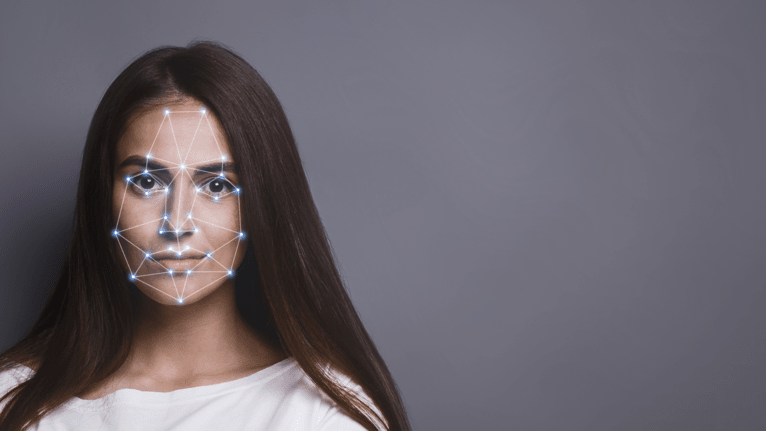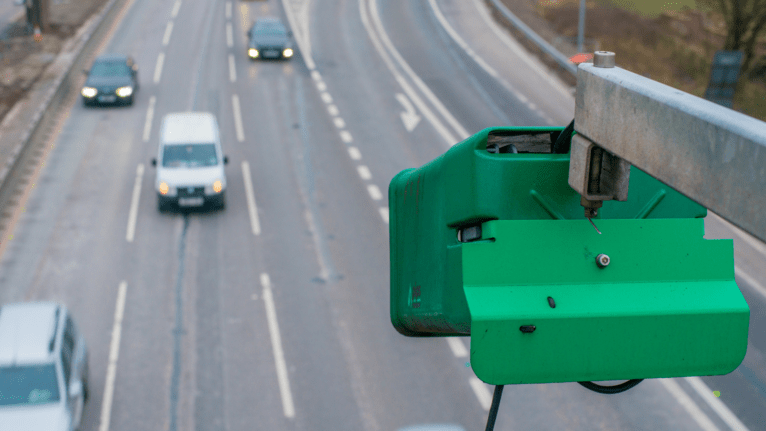Image Recognition
Image recognition is a technology that employs artificial intelligence and machine learning algorithms to recognize and categorize objects, individuals, or other visual components in digital images or videos (places, actions, animals, or text from images or videos). The process involves examining and interpreting various visual characteristics of the image or video, including its color, texture, shape, and context, in order to determine its contents.

People use facial recognition on their smartphones and barcode scanners daily without realizing it.
AI technologies are continuously changing into something extremely powerful, and it's stated that we are only just beginning to understand how far it could take us.
Contents
Image Recognition - Techniques
Image recognition includes classification, labeling, segmentation, and object detection.
- Classification
The goal is to select images and identify the category they fit.
- Labeling (or tagging)
Several objects can be labeled within one image. Labeling is a type of classification with a higher level of precision.
- Segmentation
We can identify the elements of an image to the nearest pixel using segmentation as a classification technique.
- Object detection
Detection is used for locating a specific object within images. Once the objects are detected, a box appears around them.
Compared to manual image inspection, image recognition speeds up tasks and processes images more precisely.
In many applications, image recognition is a vital technique and is the primary driver in deep learning image apps, as follows:
- IMAGE CLASSIFICATION
Based on the image content, images are categorized using this technique. Image classification is helpful in e-commerce applications, like recommender systems and image retrieval.
- AUTOMATED DRIVING
Automated driving is vital to autonomous driving applications and can recognize pedestrians and road or traffic signs in images.

- VISUAL INSPECTION
Visual inspection quickly identifies parts as non-defective and defective. For this reason, thousands of pieces of assembly lines can be inspected quickly.
- ROBOTICS
Image recognition is used in robotics to detect objects and enhance autonomous navigation by identifying objects on their path or locations.
By identifying scenes or objects in images, image recognition is the core technology at the base of the following deep-learning image applications. After identifying objects and scenes, all this information can be used to make decisions as part of a larger system. In other words, it enables better decisions by offering insight into the system.
Benefits
Image recognition technology significantly benefits various industries, such as improved accuracy, efficiency, and security.
Companies can streamline their operations and provide their clients with better services and products using advanced AI models, recognition software, and neural network architectures.
Here are some of the image recognition benefits:
- Efficiency and automation
Image annotation techniques are used to identify and label data, improving efficiency simultaneously. Recognition software automates the process of analyzing large amounts of data by processing images efficiently and quickly.
- Improved accuracy
Image recognition uses advanced AI models and neural network architecture to classify and label images. This process includes pattern recognition, feature extraction, and activation functions, offering accuracy and high precision.
- Enhances security
This technology is used in surveillance and security system: By using recognition models to track and detect vehicles or persons To identify potential threats.

- Personalization
Image recognition software can also be used to personalize users’ experiences in social media, advertising, and e-commerce. This is possible by analyzing user-generated labels and images - the software offer relevant content and product recommendations.
- Medical domain
Image recognition is used in medical diagnosis - medical image analysis. This software can identify and diagnose with high accuracy medical conditions. In addition, AI models can be trained to recognize specific patterns in medical images, helping doctors offer more accurate diagnoses and better care and treatments for their patients.
Conclusion - Why image recognition is important
There are many applications where we can use image recognition software, starting with surveillance and security systems, autonomous vehicles, medical diagnosis, and e-commerce (advertising and social media).
Surveillance footage is analyzed using particular image recognition algorithms to detect and track vehicles, individuals, and medical conditions (using image recognition for medical images). At the same time, social media photos can be scanned to identify and recognize faces.
Machine learning and deep learning = these two are related fields that involve using algorithms to learn from data. Machine learning algorithms are used for various tasks, such as classification, regression, and clustering. Deep learning is a machine learning subfield, involving training deep neural networks to learn from large datasets.
Neural network = machine learning algorithm inspired and created according to the function and structure of the human brain. Similarly, a neural network comprises interconnected nodes/neurons that can learn to recognize patterns in the given data and make classifications or predictions.
Convolutional neural network (CNN) is often used for image recognition tasks. CNN consists of convolutional layers that can apply filters to input images to extract features, followed by pooling layers that reduce the spatial dimensions of the features. Finally, they are fully connected layers that use the extracted features to make predictions. The convolutional neural networks - CNNs - are designed to work with image data. For this reason, they use convolutional layers to extract features from input images. Other layers then process these features in the network to make predictions or classifications.
Training data = data used to train machine learning algorithms or neural networks. Typically, it consists of labeled examples that algorithms and networks use to learn patterns and make predictions on new, unseen data.
An input image = is an image that is fed into a machine learning algorithm or neural network for processing. Input images are often preprocessed and standardized to improve image recognition applications' accuracy.
References
Science Direct, Image Recognition, https://www.sciencedirect.com/topics/engineering/image-recognition